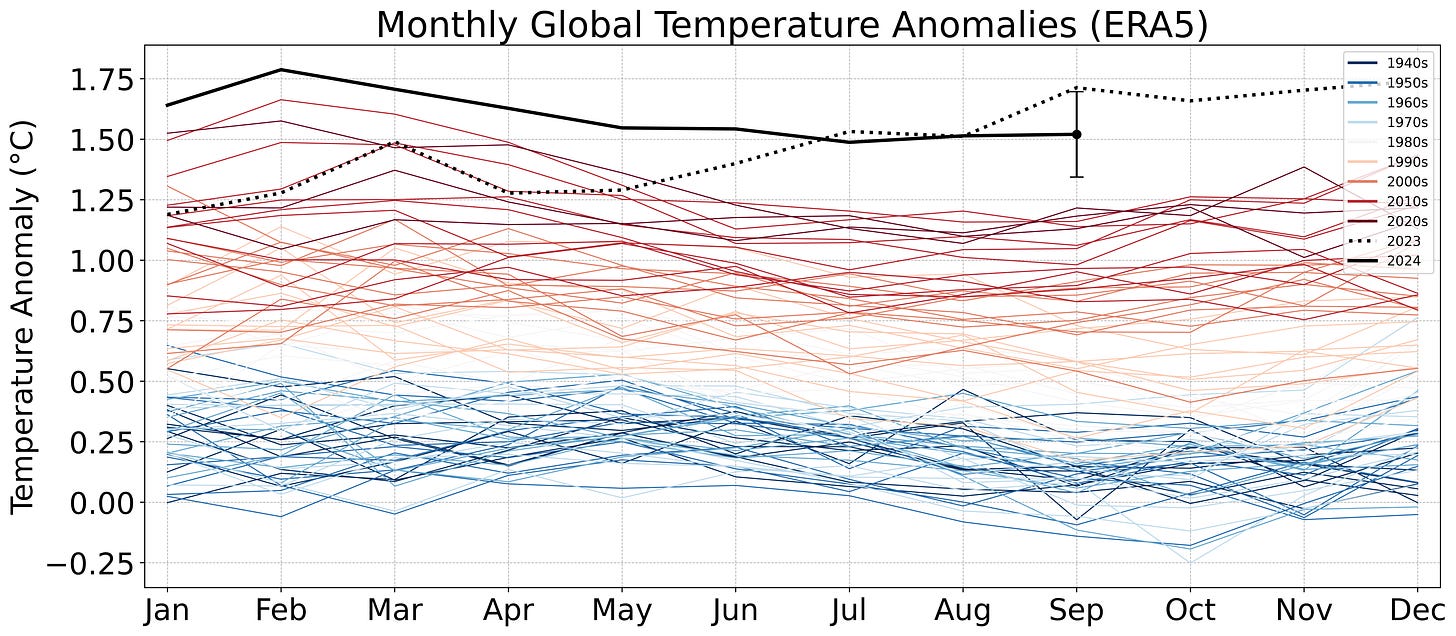Medicina, Vol. 60, Pages 1009: THP-1 Monocytic Cells Are Polarized to More Antitumorigenic Macrophages by Serial Treatment with Phorbol-12-Myristate-13-Acetate and PD98059
Medicina doi: 10.3390/medicina60061009
Authors: Hantae Jo Eun-Young Lee Hyun Sang Cho Md Abu Rayhan Ahyoung Cho Chang-Suk Chae Hye Jin You
Background and Objectives: As modulators of the tumor microenvironment, macrophages have been extensively studied for their potential in developing anticancer strategies, particularly in regulating macrophage polarization towards an antitumorigenic (M1) phenotype rather than a protumorigenic (M2) one in various experimental models. Here, we evaluated the effect of PD98059, a mitogen-activated protein kinase kinase MAPKK MEK1-linked pathway inhibitor, on the differentiation and polarization of THP-1 monocytes in response to phorbol-12-myristate-13-acetate (PMA) under various culture conditions for tumor microenvironmental application. Materials and Methods: Differentiation and polarization of THP-1 were analyzed by flow cytometry and RT-PCR. Polarized THP-1 subsets with different treatment were compared by motility, phagocytosis, and so on. Results: Clearly, PMA induced THP-1 differentiation occurs in adherent culture conditions more than nonadherent culture conditions by increasing CD11b expression up to 90%, which was not affected by PD98059 when cells were exposed to PMA first (post-PD) but inhibited when PD98059 was treated prior to PMA treatment (pre-PD). CD11bhigh THP-1 cells treated with PMA and PMA-post-PD were categorized into M0 (HLA-DRlow and CD206low), M1 (HLA-DRhigh and CD206low), and M2 (HLA-DRlow and CD206high), resulting in an increased population of M1 macrophages. The transcription levels of markers of macrophage differentiation and polarization confirmed the increased M1 polarization of THP-1 cells with post-PD treatment rather than with PMA-only treatment. The motility and cytotoxicity of THP-1 cells with post-PD treatment were higher than THP-1 cells with PMA, suggesting that post-PD treatment enhanced the anti-tumorigenicity of THP-1 cells. Confocal microscopy and flow cytometry showed the effect of post-PD treatment on phagocytosis by THP-1 cells. Conclusions: We have developed an experimental model of macrophage polarization with THP-1 cells which will be useful for further studies related to the tumor microenvironment.

 2 months ago
18
2 months ago
18


